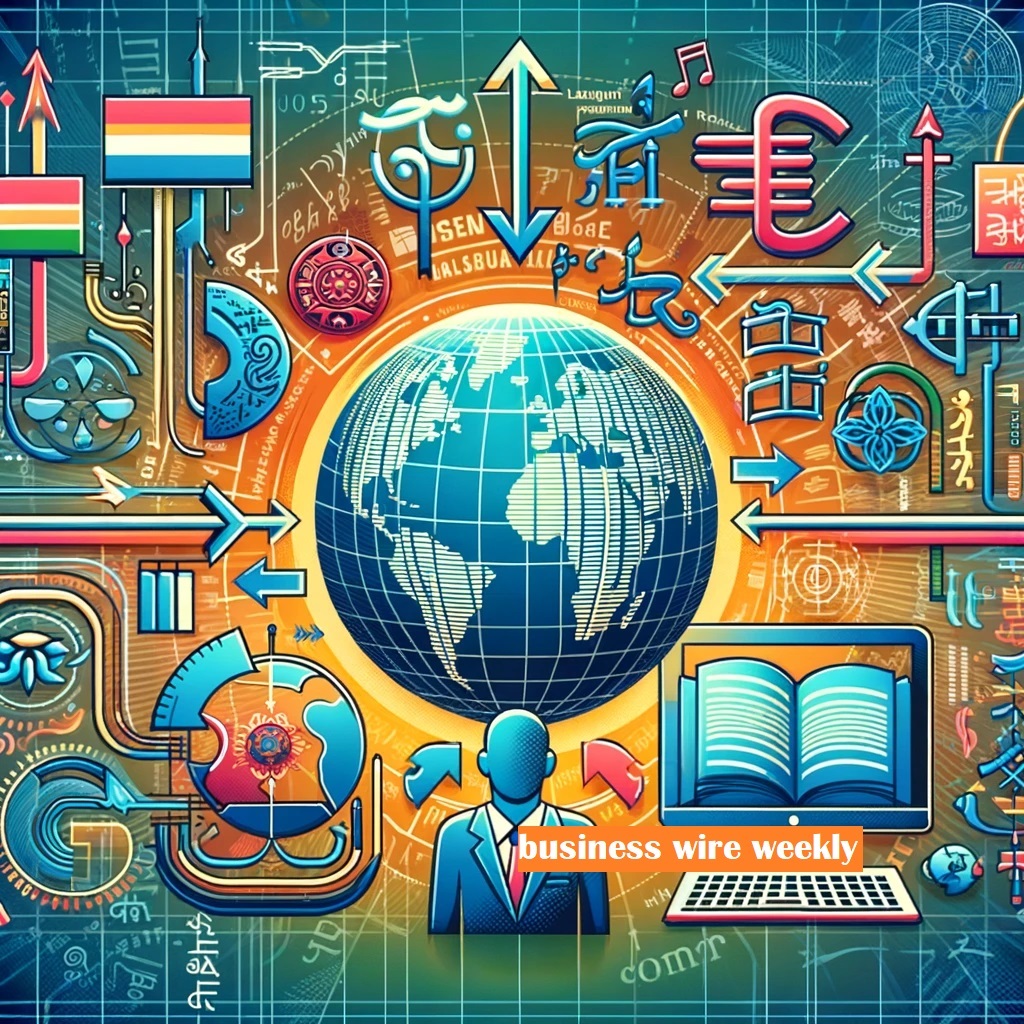Kääntäh is a term that may be unfamiliar to many. In this article, we will delve into what kääntäh means, its origins, uses, and significance. By the end of this article, you will have a comprehensive understanding of kääntäh and its relevance in various contexts.
What is Kääntäh?
Kääntäh is a word of Finnish origin that translates to “translation” in English. It refers to the process of converting text or speech from one language to another. Translation is an essential aspect of communication, especially in our globalized world where people speak different languages.
The Importance of Kääntäh
Translation plays a crucial role in bridging the gap between cultures and languages. It allows people to understand each other despite language barriers. Kääntäh is not just about translating words; it involves conveying the meaning, tone, and context of the original message accurately.
The History of Kääntäh
Early Beginnings
Translation has been around for centuries. The earliest known translations date back to ancient civilizations such as the Sumerians and Egyptians. They translated texts on trade, governance, and religion to facilitate communication with neighboring cultures.
The Middle Ages
During the Middle Ages, translation became vital in spreading religious texts. Monks and scholars translated the Bible and other religious manuscripts from Latin into various vernacular languages. This period also saw the translation of scientific and philosophical works, which contributed to the spread of knowledge across Europe.
The Modern Era
In the modern era, translation has expanded beyond literary and religious texts. With the advent of the internet and globalization, the demand for translation services has skyrocketed. Today, kääntäh encompasses a wide range of fields, including business, law, medicine, and technology.
Types of Kääntäh
Literary Translation
Literary translation involves translating books, poems, and other literary works. It requires a deep understanding of both the source and target languages, as well as the ability to capture the author’s style and tone.
Also Read Here: What’s the Best Accounting Software in Portugal?
Technical Translation
Technical translation focuses on translating technical documents such as manuals, patents, and scientific papers. This type of translation requires specialized knowledge in the subject matter to ensure accuracy and clarity.
Legal Translation
Legal translation involves translating legal documents such as contracts, court rulings, and statutes. It is a highly specialized field that requires a thorough understanding of legal terminology and concepts in both languages.
Medical Translation
Medical translation deals with translating medical documents such as patient records, research papers, and pharmaceutical information. Accuracy is paramount in medical translation to ensure patient safety and effective communication among healthcare professionals.
Business Translation
Business translation involves translating business documents such as marketing materials, financial reports, and corporate communications. It is essential for companies that operate in multiple countries and need to communicate effectively with their global audience.
The Process of Kääntäh
Understanding the Source Text
The first step in the translation process is to thoroughly understand the source text. This involves reading and analyzing the text to grasp its meaning, tone, and context.
Translating the Text
The next step is to translate the text into the target language. This requires not only linguistic skills but also cultural knowledge to ensure the translation is accurate and appropriate for the target audience.
Reviewing and Editing
Once the translation is complete, it is reviewed and edited to ensure accuracy and quality. This step may involve checking for grammatical errors, ensuring consistency, and verifying that the translation conveys the intended meaning.
Proofreading
The final step in the translation process is proofreading. This involves a thorough review of the translated text to catch any remaining errors and ensure it is ready for publication or distribution.
Challenges in Kääntäh
Linguistic Differences
One of the biggest challenges in translation is dealing with linguistic differences between languages. Each language has its own unique grammar, syntax, and vocabulary, which can make translation difficult.
Cultural Differences
Cultural differences can also pose challenges in translation. What may be acceptable or common in one culture may not be in another. Translators need to be aware of these differences and adapt the translation accordingly.
Idioms and Expressions
Idioms and expressions often do not translate directly between languages. Translators need to find equivalent expressions in the target language that convey the same meaning.
Technical Terminology
Technical terminology can be challenging to translate, especially in specialized fields such as medicine, law, and technology. Translators need to have a deep understanding of the subject matter to accurately translate these terms.
The Role of Technology in Kääntäh
Translation Software
Translation software, such as CAT (Computer-Assisted Translation) tools, can help translators work more efficiently. These tools can assist with tasks such as terminology management, translation memory, and consistency checks.
Machine Translation
Machine translation uses artificial intelligence to automatically translate text from one language to another. While it has improved significantly in recent years, it still cannot match the accuracy and nuance of human translation.
The Future of Translation Technology
The future of translation technology looks promising, with advancements in artificial intelligence and machine learning. These technologies have the potential to improve the accuracy and efficiency of translation, making it more accessible to a wider audience.
The Importance of Professional Translators
Quality and Accuracy
Professional translators ensure the quality and accuracy of translations. They have the linguistic skills and cultural knowledge needed to produce high-quality translations that convey the intended meaning.
Confidentiality and Security
Professional translators adhere to strict confidentiality and security standards. This is especially important when translating sensitive documents such as legal contracts, medical records, and business reports.
Cultural Sensitivity
Professional translators are aware of cultural differences and can adapt translations to be culturally appropriate for the target audience. This ensures that the translation is not only accurate but also respectful and effective.
Becoming a Professional Translator
Education and Training
Becoming a professional translator typically requires a degree in translation or a related field. Many translators also pursue specialized training in their area of expertise, such as legal or medical translation.
Language Proficiency
Professional translators need to be highly proficient in both the source and target languages. This involves not only linguistic skills but also a deep understanding of the cultures and contexts in which the languages are used.
Certification
Many professional translators obtain certification from a recognized organization, such as the American Translators Association (ATA) or the Chartered Institute of Linguists (CIOL). Certification demonstrates a translator’s competence and commitment to the profession.
Experience
Experience is crucial in the translation profession. Many translators start their careers by working for translation agencies or as freelance translators to gain experience and build their portfolios.
The Future of Kääntäh
Increasing Demand
The demand for translation services is expected to continue to grow as globalization and digital communication increase. Businesses, governments, and individuals will continue to need high-quality translations to communicate effectively across languages and cultures.
Technological Advancements
Advancements in technology, such as artificial intelligence and machine learning, will continue to shape the translation industry. These technologies have the potential to improve the efficiency and accuracy of translations, making them more accessible to a wider audience.
The Role of Human Translators
Despite advancements in technology, human translators will continue to play a crucial role in the translation industry. Human translators bring the cultural knowledge, nuance, and context that machines cannot replicate.
Conclusion
Kääntäh, or translation, is a vital process that enables communication across languages and cultures. It has a rich history and encompasses a wide range of fields, from literary and technical translation to legal and medical translation. While technology is transforming the translation industry, professional human translators remain essential for ensuring the quality, accuracy, and cultural sensitivity of translations. As the demand for translation services continues to grow, the importance of kääntäh in our interconnected world cannot be overstated.



